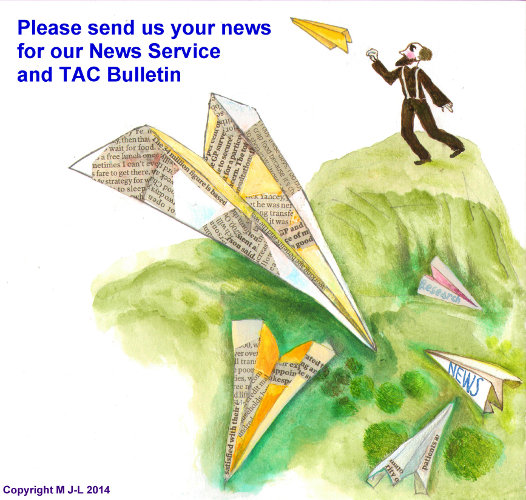Forced Marriage and Learning Disabilities: Multi-Agency Practice Guidelines – 'may be occurring at a similar rate for men and women'
Extracted from the Purpose of the Guidelines: The UK Government and the Welsh Assembly regard forced marriage as an abuse of human rights, a form of domestic violence, and a form of violence against women. Where it affects people with disabilities it is an abuse of vulnerable adults, and where it affects children and young people it is child abuse. Forced marriage of any person, regardless of gender, age, disability, ethnic origin or sexual orientation, is unacceptable.
These practice guidelines have been developed to assist professionals encountering cases of forced marriage of people with learning disabilities. It draws on research undertaken by the Ann Craft Trust in partnership with the Judith Trust and statistics collected from reports to the Forced Marriage Unit.
The research was funded by the Forced Marriage Unit in recognition of the particular needs of people with learning disabilities who may be, or have been, forced into marriage (see appendix 1 for key findings of the research). The guidelines start from the premise that all people with a learning disability who have capacity to consent, and who are of a legal age, can marry should they decide that they wish to do so; indeed they should be supported in this if it is their wish.
This document has been developed to accompany 'Multi-agency Practice Guidelines: Handling Cases of Forced Marriage' (MAPG; 2009) and should be read in conjunction with that document. There are many references in this document to sections of MAPG (2009) and practitioners are strongly encouraged to consult them. Separate guidelines for individual agencies will not be provided here. This document seeks to supplement existing multi-agency guidelines rather than replace or reproduce them.
Safeguarding children with disabilities and vulnerable adults from forced marriage should form part of existing child and adult protection structures, policies and procedures, including those that relate specifically to children and adults with a learning disability.
MAPG (2009) focuses mainly on women's needs: 86% of cases referred to the Forced Marriage Unit involve women; the consequences for women are different from those for men. However, findings from research suggest that forced marriage involving people with learning disabilities may be occurring at a similar rate for men and women, although the abusive consequences are likely to disproportionately affect women. These guidelines therefore address both males and females with learning disabilities forced into marriage.
The topics covered in this document include:
- Issues surrounding capacity to consent and use of the Mental Capacity Act 2005.
- Reasons why people with a learning disability are forced into marriage.
- Consequences for the person with a learning disability and (actual or potential) spouse.
- Good practice in handling cases.
- Ongoing support required if the person cannot live with their family.
The Guidelines are here: https://www.gov.uk/government/uploads/system/uploads/attachment_data/file/35533/fm-disability-guidelines.pdf


